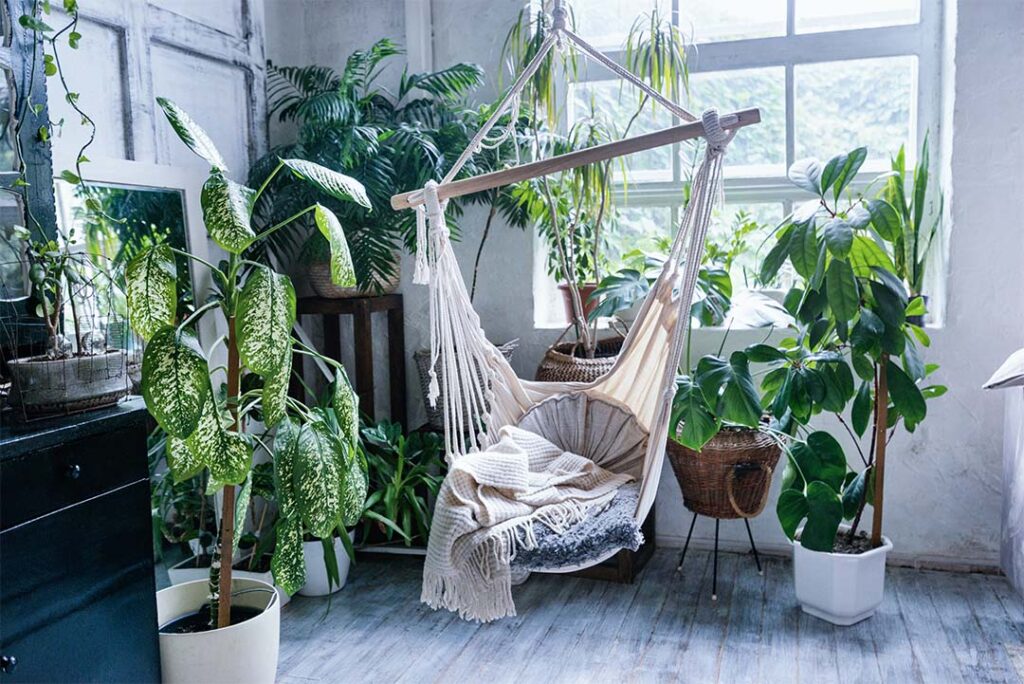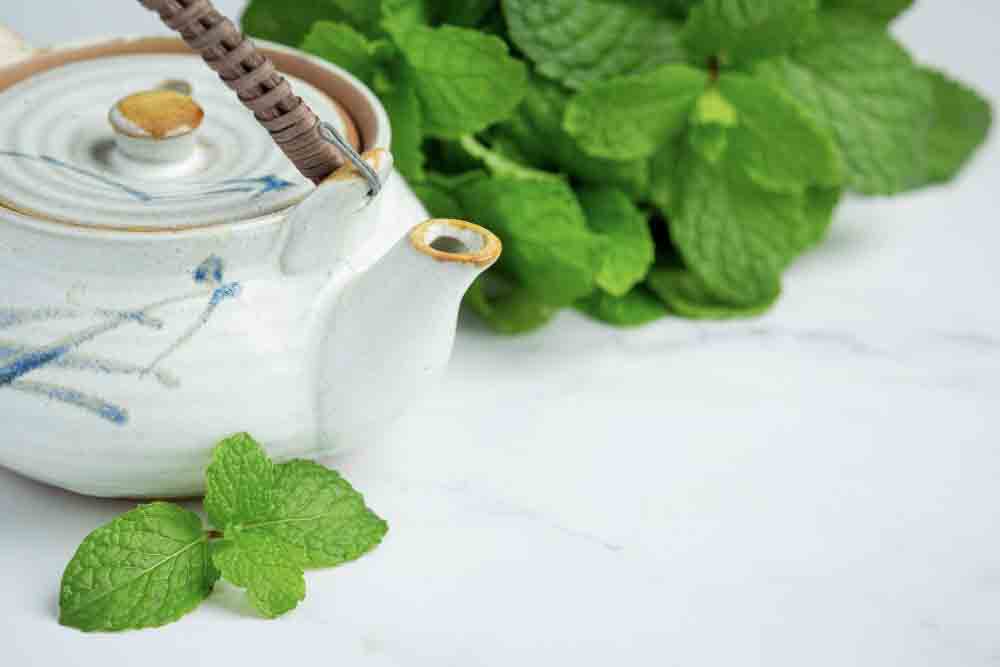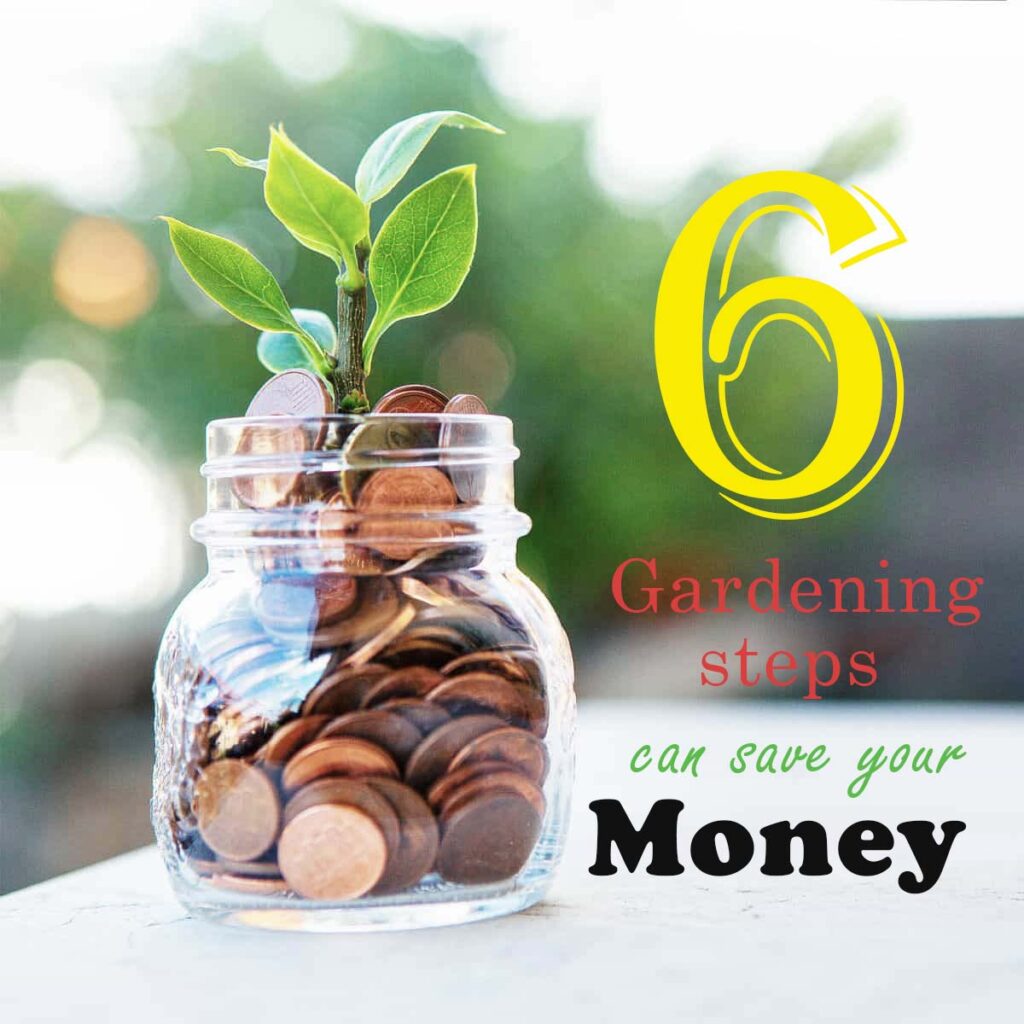Experts’ advice to do indoor gardening
In this fast-paced world, people have become concerned about their food. people always find fresh food. That’s why they are rushing towards indoor gardening. Indoor gardening is a great source of nutrition for them. There is a myth among us that gardening and indoor gardening are the same. Beginner put in their effort but the success rate cannot meet their desired point. The main reason for this is the method that they follow. They follow the traditional gardening method. There are several points to consider for successful indoor gardening. These are water, light, container, media, etc. These are the key points for a beginner’s success.
What are the best ways to do indoor gardening as a beginner?
There are the top 9 factors for beginners. By considering these factors one can get the desired result from indoor gardening.
- Space Management
- Choosing Right Vegetables
- Growing Medium
- Proper Light
- Choosing Right Containers
- Water and Fertilizer Maintenance
- Pest and Disease Management
- Temperature and Humidity Control
- Harvesting
- Essential tools and supplies
Select Right Place

Plants take carbon dioxide from the air to live in. Light is necessary to prepare their food. When we select a place for plants, we must consider these things. Because without these things no plant can survive. When we do indoor gardens, we forget that they are living beings. Generally, a fruit plant needs at least 6 hours of sunlight whereas a leafy plant needs at least 4 hours to grow properly. Almost every time we forget that all plant sizes are not the same. Generally, we placed a plant in a small place. Where they died of suffocation. So, we should place a plant in an open space. Otherwise, an artificial light can be ensured for getting adequate light. After seven or ten days we should keep the plant under sunlight for a few minutes.
Choosing Right Vegetables
Plant selection is an important part of indoor gardening. Here we made a big mistake. We think all plants are suitable for our gardening. This is a wrong idea. As beginners, we can choose easy and fast-growing vegetables. They do not demand high maintenance. we should select mini-plants. Many of us try to grow plants from seed. As beginners, they make mistakes. They do not get proper results. That’s why they lose their interest in indoor gardening. Before selecting a plant, we have to know the growth habits and light needs of that plant. Lettuce, Tomatoes, Peppers, Chives, Spinach, Swiss Chard, Kale, Radishes, Beets, Carrots, etc. are suitable for indoor gardening. As a beginner, one can plant these items in his garden. Microgreens, Basil, Cilantro, Parsley, Mint, Rosemary, etc. are also easy-to-grow plants. He can use these plants as a kitchen garden plant.
Growing Medium
Growing medium is another important factor. As a beginner, it is hard to choose the right growing medium or potting mix. Plant’s needs change according to their type. Likewise, the potting mix is also changed. The right potting mix provides good quality nutrition that is essential for plants. In traditional gardening, we use garden soil. Generally, garden soil is heavy and contains a high amount of water. In indoor gardening, a gardener needs lightweight soil. A lightweight soil drains water quickly. This type of medium helps plant roots develop well. On the other hand, water is also used as a growing medium in some cases.
Proper Light
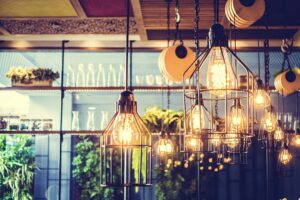
Light plays a vital role in indoor gardening. First, a beginner should have to know the role of light. How does it take part in plant growth? We find different types of light in the market such as LED Grow Lights, Fluorescent Lights, and HID light. Generally, LEDs are energy-efficient and long-lasting lights. These are different in color. Fluorescent Lights are less energy-efficient than LEDs. HID (High-Intensity Discharge) Lights produce a large amount of heat. It is used in a big indoor garden. These lights are used as a replacement for sunlight. Plants’ light requirements are not the same. We have to provide lights according to their needs.
Choosing Right Containers
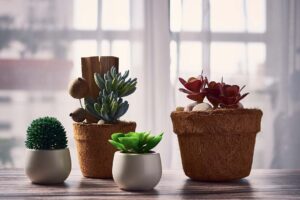
There are different types of containers available in society. Many customized and colorful pots draw our attention. These are made of plastic, ceramic, terracotta, etc. Before buying we have ensured well drainage system. A good drainage system helps to develop plant root growth. if there is no drainage system, we must make a hole under the pot. When we place a plant, we should keep a saucer or tray under the plant to secure our floor or furniture.
Water and Fertilizer Maintenance
We are more careless about watering but it is the most crucial part of a plant. Some of us give a lot of water which is not necessary. Accusive water damages plant roots. There are also other classes of people. They do not even want the adequate water that a plant needs. For this reason, plants do not get proper nutrition and lose their proper growth. So, we should be careful about watering plants. First of all, we have to use a high-quality potting mix. Before watering a plant, we have to check soil moisture. There is no need for any tools to check the moisture level. You can insert your finger one inch into the soil to check moisture. If you feel dry you should water the plant. Otherwise, it is not necessary to water the plant. Bottom watering is good for some plants.
Generally, we provide the same type of fertilizer for every plant. It is not the right process to fertilize a plant. Different types of plants need various kinds of nutritional value. So, we have to be careful before fertilizing. At present social media plays a special role in this sector. Many of us posted our recipes for plants whether it is good or bad. So, we should be careful or it will harm our plants. For organic gardening, we frequently use organic fertilizer. Besides, we use less synthetic fertilizer. Different types of NPK are also available in the market. We should remember that we put our plant in medium not fertilizer. So, do not obsess over fertilizer rather enrich your potting mix. It will ensure the quality of your plant. Ensure your plant’s growing season and fertilize your plant. You must follow a schedule for providing fertilizer.
Pest and Disease Management
There are some common problems in indoor gardening. Some are caused by pests such as Aphids, Mealybugs, Spider Mites, Fungus Gnats, etc. Gradually, he learns how to solve the problem. There are some common pesticides available in the market to solve such problems. Sometimes plants face different kinds of diseases such as Damping-Off, Powdery Mildew, etc. Organically, we use neem oil to save plants from pets. Sticky Traps are popular among us. Beneficial Insects, Insecticidal Soap, and Diatomaceous Earth are commonly used among us.
Temperature and Humidity Control
Almost all the success of indoor gardening depends on temperature and humidity. Germinating, propagating, plant everything will be successful if the temperature and humidity are according to the plant’s needs. The University of Illinois Extension says that most plants grow best when it’s between 65°F and 75°F (18°C to 24°C). Some plants may need a bit of different warmth. Night: The University of California Agriculture and Natural Resources recommends that the night warmth be about 5-10°F (3-5°C) cooler than day warmth. For many inside plants, this is from 55°F to 65°F (13°C to 18°C). Likewise, The University of Florida IFAS Extension advises keeping wet air between 40% and 60% for the best plant growth. This level stops problems like rot and mildew and ensures plants get enough water. A gardener can get the best result from plants providing the right temperature and humidity.
Harvesting
Indoor Gardening is a source of fresh and healthy food. The idea is true if we harvest from plants timely. Otherwise, vegetables lose nutritional value. Every vegetable has some indication of ripe. We have to follow those signs and harvest them timely.
Conclusion
A gardener should give enough time before setting up a garden. A simple and easy plan increases the success rate. Try to execute the plan following the top nine factors, it will help you succeed in the future. Gardening is not a rocket science. We keep our patience, practice the best method, and give time for the result.


